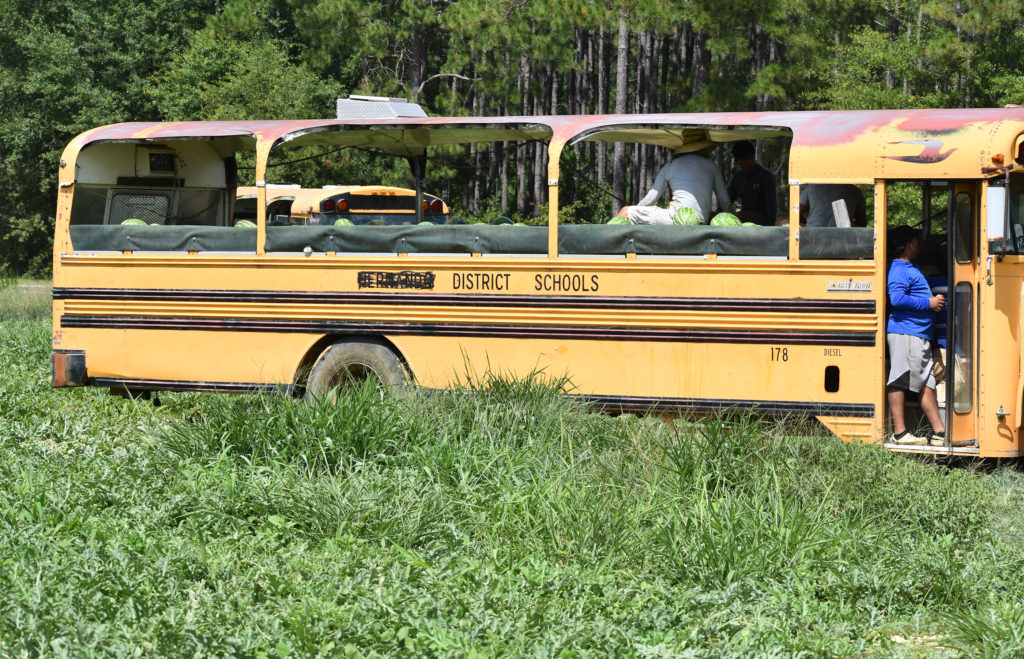
By Clint Thompson
The specialty crop sector scored major victories with recent court and legislative rulings regarding labor. There’s hopefully more to come for Southeast growers, with Florida and Georgia being the top two users of the H-2A program.
Georgia Agribusiness Council (GAC) President Will Bentley discussed the recent developments during last week’s Georgia Ag Labor Forum in Tifton, Georgia.

“Labor, being mostly a federal issue, has that feeling to it where you go years and years with nothing seeming to happen and then it all happens all at once. The changes seem like they happen very quickly, but really, that’s probably work that was one a couple of years ago,” Bentley said.
“It’s finally getting to the right person to make the right decision. Obviously, in the first year of a new administration they’ve promised to be helpful. Their labor secretary has mentioned and dedicated their word that they’ll be helpful to the ag industry and ag sector on labor. Seeing those little thing start to happen now, we’re hoping that’s just the tip of the iceberg and we’ll have a lot of different positive changes.”
FLS Discontinuation
Fruit and vegetable producers benefited from the recent decision made by the U.S. Department of Agriculture (USDA) when it announced its intention to discontinue the Farm Labor Survey (FLS), which provided information for the Adverse Effect Wage Rate used the H-2A program.
“That’s a huge deal, and really anybody that uses ag labor really owes a debt of gratitude to Georgia fruit and vegetables (GFVGA) and some other organizations for pursuing and challenging that labor survey,” Bentley said. “Really, the work that Chris Butts and his team led on that across the country. A lot of states have mentioned that Georgia was a leader on that.”
Michael Marsh, president and chief executive officer of the National Council of Agricultural Employers added, “It’s a wage rate that’s disconnected from the marketplace for agricultural wages anywhere in the world. It’s unfortunately had the consequence of making U.S. employers non-competitive with their foreign competition.”
That followed the decision made by a Louisiana court that vacated the Department of Labor’s Adverse Effect Wage Rate Methodology rule. According to the National Council of Agricultural Employers, the rule based AEWRs on the Occupational Employment and Wage Statistics survey along with FLS, applying non-agricultural wage data to season agricultural jobs. It subjected growers to wage increases every six months.
The Southeast continues to utilize a substantial amount of H-2A workers, as evidenced by 2024 statistics. Florida, the largest employer of H-2A labor, accounted for 47,396 positions or 12.3% of all certified positions. Florida’s 2024 mark is still a huge increase from the 39,064 positions certified in 2020. Georgia increased its certified positions to 43,436, making it the second-largest employer of H-2A labor.










